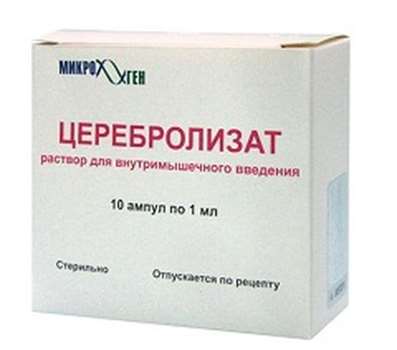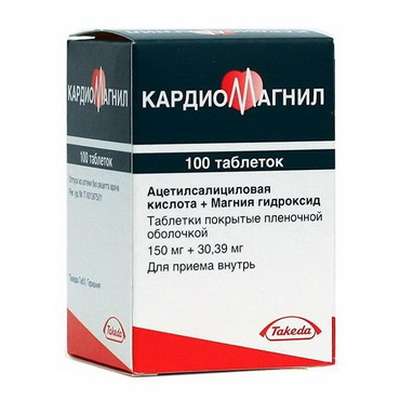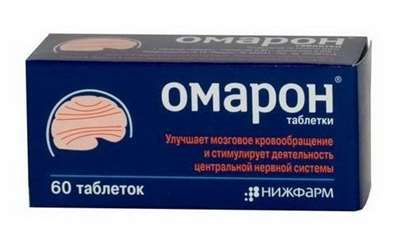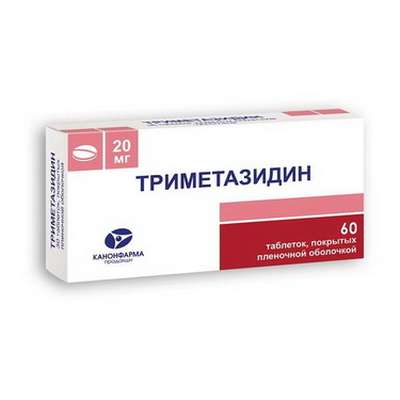Thiamine (vitamin B1)
30 Dec 2016
Thiamine (vitamin B1) is water-soluble vitamin. It was for the first time allocated At. Suzuki in 1910 when studying cases of treatment of beriberi rice bran. According to other data, vitamin was for the first time received by K. Funk in 1912.
Known as vitamin B1 Thiamine plays an important role in processes of a metabolism of carbohydrates and fats. Substance is necessary for normal course of processes of body height and development and helps to support appropriate work of heart, nervous and digestive systems. Thiamine, being water-soluble bond, doesn't stock up in an organism and has no toxic properties.
Value of Thiamine in sport
Thiamine is one of the major vitamins B bodybuilding and other sports which participate in synthesis of a protein and muscle growth. Thiamine is required for formation of hemoglobin which is a part of erythrocytes, thus, sufficient entering of Thiamine provides oxygen transport to muscles.
What is even more interesting, Thiamine, according to researches, is one of the few vitamins which increase productivity at additional reception in the form of additives. Thiamine enlarges heat production, intensity and duration of training and, as a result, raises a consumption of fat and calories. You can buy - Vitamin B1 thiamine injection.
Food sources
Receives the main amounts of thiamine of people with vegetable food. Such vegetable products as white bread from a meal, soy, haricot, peas, spinach are rich with thiamine. It is less than contents of thiamine in potatoes, carrots, cabbage. From animal products the content of thiamine excretes a liver, kidneys, a brain, pork, beef. Also in yeast, vitamin B1 is also synthesized by some species of the bacteria making micro flora of a large intestine.
Content of B1 vitamin in some foodstuff
Product / Content of B1 vitamin, mg / 100 of a product
Barms (calculation on dry weight) / 16.3-28.5
Yeast baking (calculation on dry weight) / 2.7-6.6
Peas / 0.81
Beans / 0.68
Pork meat / 0.52
Haricot / 0.50
Grain: millet, oat, buckwheat / 0.40-0.45
Bran / 0.37
Green peas / 0.34
Corn / 0.33
Liver / 0.3-0.5
Heart / 0.3
Caviar sturgeon / 0.3
Egg (yolk) / 0.2-0.4
Spinach / 0.25-0.30
Rye bread / 0.18
Cabbage / 0.16-0.26
Carrots / 0.12-0.16
Milk / 0.04
Apples / 0.04
Potatoes / 0.02-0.08
Recommended doses of Thiamine
The adult needs not less than 1.4 — 2.4 mg of Thiamine a day depending on amount of carbohydrates and calory of a diet. At occupations bodybuilding, the need for Thiamine increases therefore athletes are recommended to accept 2-5 mg of Thiamine a day. Hyper vitaminosis of B1 vitamin doesn't arise even at very high doses.
Failure of Thiamine
Systemic deficiency of Thiamine is a causal factor of development of a series of serious disorders in which leading place is taken by lesions of a nervous system and heart. The complex of consequences of a long failure of Thiamine in nutrition is known under the name of illness of beriberi. The examples of a failure of Thiamine caused by alcohol are known as Vernike's encephalopathy and a tremens ("delirium tremens").
Deficiency of Thiamine at occupations bodybuilding is fraught with loss of muscle bulk, the general delicacy, the probability of injuries and stretching increases.
Information from the encyclopedia of sport
Thiamine chloride (Vit. B1) is a heterocyclic compound which consists of pirimidi-new and tiazol cycles.
Thiamine in a large number contains in yeast, a cover and a germ of seeds of cereals. An important source of thiamine for the person is intestinal micro flora.
In medicine use synthetic medicines: thiamine chloride and thiamine bromide.
Pharmacokinetics. At introduction inside thiamine and its air are quickly soaked up throughout a small intestine: in 15 min. they are found in blood, and through 30 — in other fabrics. A half of total of the entered thiamine contains in a myocardium and skeletal muscles, about 40% — in internals.
Thiamine with urine is emitted.
Pharmakodinamika. Thiamine shows such main effects in an organism: cardiotrophic, neyrotropny and hypoglycemic. The most active of phosphoric air is tiaminedifosfat, having coferment properties (cocarboxylase). In this form thiamine is coenzyme of decarboxylases which take part in oxidation, decarboxylation pyrogrape and other cetoacids, and also transketomanholes is the main enzyme of a pentoz cycle.
Important coferment effect of thiamine is cardiotrophic. Cocarboxylase controls process of aerobic oxidation of carbohydrates and a catabolism of a glucose through a cycle of citric acid, improves energy balance, dilates coronal vessels. Rising of blood supply of a myocardium causes improvement of oxidation-reduction processes in a cardiac muscle. Owing to improvement of torpidity of myocardium under the influence of cocarboxylase its activity amplifies is the cardiotonic effect is shown. The cocarboxylase exponentiates effect of cardiac glycosides and weakens poisoning symptoms in cases of their over dosage.
Neurotropic properties of Thiamine influencing both on central and on peripheric nervous system are known. Has the most expressed neurotropic effects tiamintrifosfat. Thiaminum exerts impact on mental (highest) nervous activity. It is necessary for normal activity of a serotonin, aminobutyric acid, Acetylcholinum. After its introduction the latent period decreases and force of positive conditioned reflexes increases, however there are more weak differentiated reactions. Thus, Thiamine strengthens exaltation process, reducing at the same time internal inhibition.
Effect of thiamine on peripheric nervous system is especially expressed. At inflammatory processes (neuritis, radiculitis, etc.) and injuries in axons of periphery nerves exchange of carbohydrates amplifies and products of their oxidation (private, an acetaldehyde) collect, exaltation processes decrease. It promotes development of a pain syndrome and dysfunction of nerves. Thiamine reduces quantity of products of carbohydrate metabolism, activity of a cholinesterase oppresses that facilitates transfer of nervous impulse on an effectors tissue. Thanks to existence in a molecule of quaternary nitrogen atom Thiamine shows ganglioblokiruyushchy and coraciiform properties.
Thiamine regulates carbohydrate metabolism not only in a myocardium and in nervous tissue, it also reduces the level of a glucose and lactic acid in a blood. This effect is pronounced at patients with a diabetes mellitus.
Also Thiamine drugs are Benphothiaminum, phosphothiaminum which are characterized by the best absorption are known. Salbutiamin (enerion) possesses a specific neyrotropnost, antigipoksant effect, takes out a fatigue.
Indications to use: prophylaxis hypo-and B1 avitaminosis, a heart failure, disturbance of a cordial rhythm (like ekstrasistoliya), coronary heart disease, peripheric neuritis of a different etiology, radiculitis, neuralgia, diabetes mellitus, dermatoses of neurogenic parentage, eczema, psoriasis. Cocarboxylase is applied in complex treatment of renal, liver failure, acidosis at diabetes mellitus and diseases of cardiovascular system, hepatic diabetic coma, mild forms of multiple sclerosis.
Side effects: allergic reactions, urticaria, Quince’s edema, an attack of bronchial asthma, in hard cases — anaphylactic shock. Fast intravenous administration of Thiamine is followed by falling of arterial pressure, disturbance of reduction of skeletal muscles, respiratory depression (coraciiform action). Side effects of cocarboxylase are shown in the form of allergic reactions, and at intramuscular introduction in the form of itch, edema, hyperemia.
Use in sport
Thiamine chloridum (B1 vitamin drug). So far the researches concerning the isolated influence of Thiamine on physical working capacity weren't conducted. Anabolic action is also not characteristic of this vitamin drug. However it is necessary to consider its participation in synthesis of Acetylcholine and a possibility of rising of a tonus of skeletal maculation. Besides, drug possesses cardiotrophic, neurotyre-tread action, is a synergist of insulin. In some works its positive influence on acoustical and visual analyzers and consequently, on expediency of use by athletes who specialize in different types of firing is confirmed. It is necessary to take realization of analgetic influence and antioxidatic effect into account.
To relatives on a structure to Thiamine drug enerion which is recommended at aesthetic states is. We find possible including it in schemes of appointment to athletes before competitions.
Perhaps, the drug of milgamm including derivative Thiamine — Benphothiaminum differing in the best pharmacokinetic parameters, first of all faster rate of absorption is of certain interest to athletes. Now it is applied at neurologic diseases. We consider rational including of drug in schemes of reception by athletes both before competitions, and during the period after them.

 Cart
Cart





